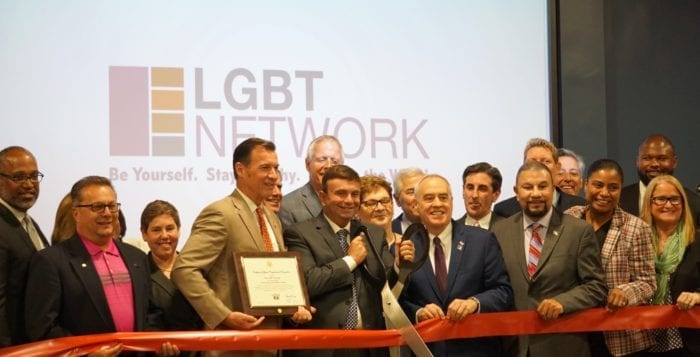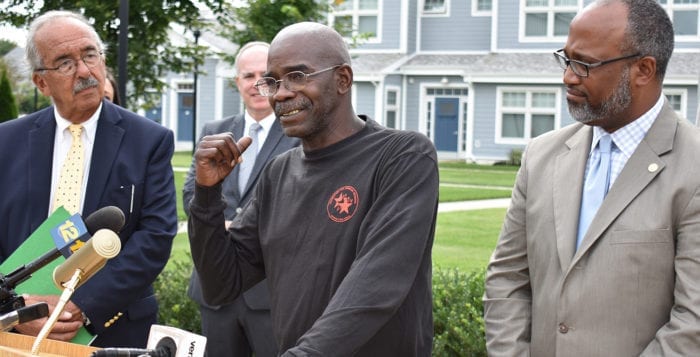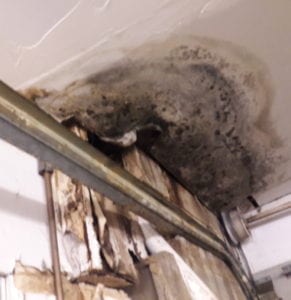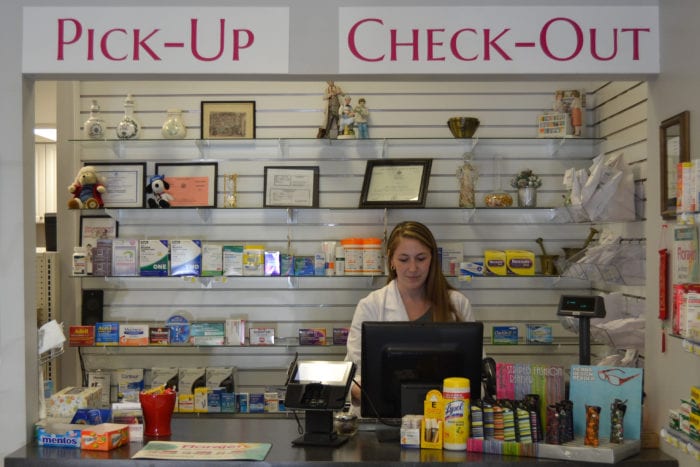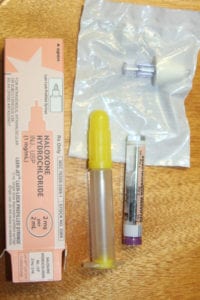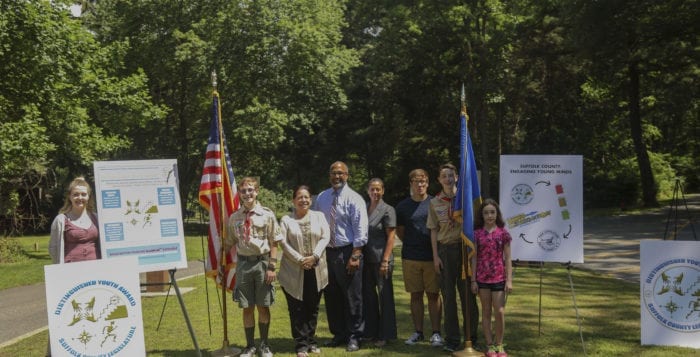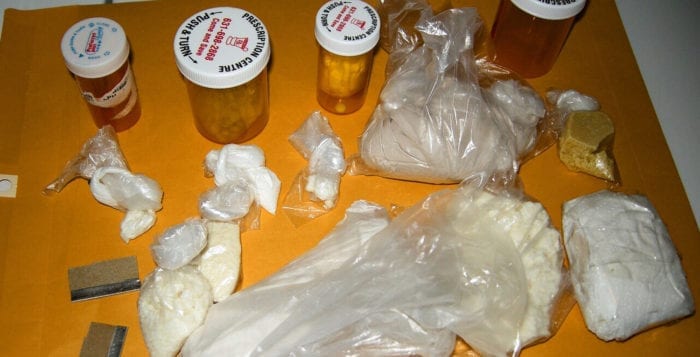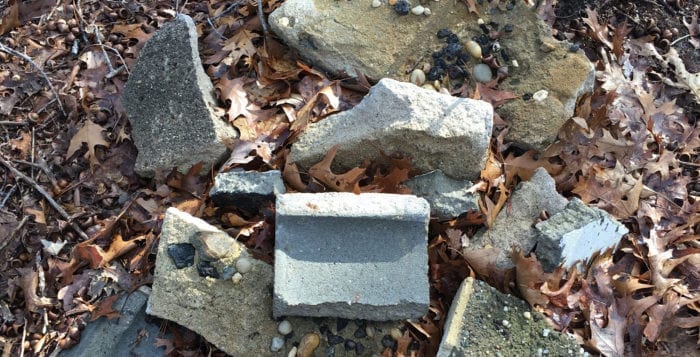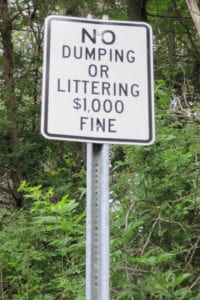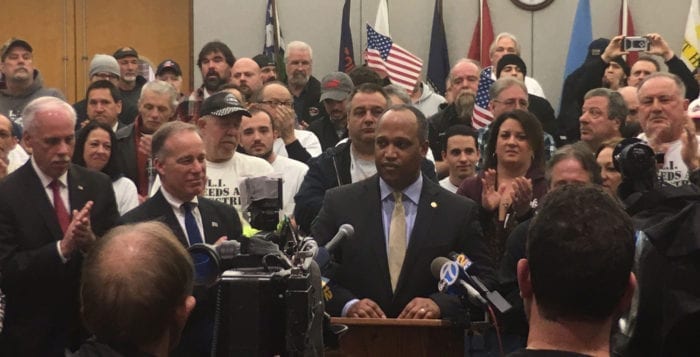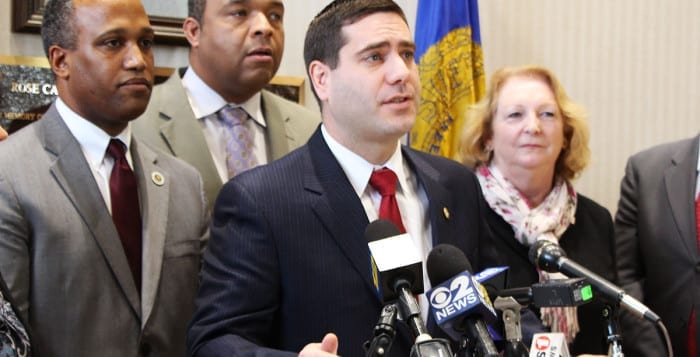It’s already difficult for both the young and old to find affordable housing in Suffolk County, but according to a recent report, the lack of low-cost homes and apartments is forcing some people to live without roofs over their heads entirely.
The Suffolk County Legislature’s Welfare to Work Commission, which advises the legislature on issues related to poverty in the county, released a report Oct. 2 that detailed the holes in affordable housing and government programs. Many of those homeless in Suffolk have some sort of job or income, according to the report.
“There has been some progress on public acceptance for affordable housing especially for working people, and especially for young people and senior citizens,” said Richard Koubek, the chair of the commission. “There still remains obstacles for creating affordable housing for two groups of residents: one is working poor families … the other are people who have mental illness which often leads to homelessness.”
The commission spent two-and-a-half years studying the issue of affordable housing and other related problems, including the county’s capacity to aid the homeless and those suffering from mental health issues. The final report showed high home and rent costs, along with government programs unable to handle the current numbers of people suffering from mental health issues, among its conclusions.
“There still remains obstacles for creating affordable housing for two groups of residents: one is working poor families … the other are people who have mental illness which often leads to homelessness.”
— Richard Koubek
Need for more affordable and supportive housing
As of January 2018, the advocacy group Long Island Coalition for the Homeless reported there were 3,868 homeless individuals in Nassau and Suffolk counties. Not all homeless are considered chronically homeless, or individuals who have a disability and have been homeless for more than 12 months, or have had at least four stints without a home in the last three years. About 500 families are homeless, or 2,500 individuals, in Suffolk County, of which half have a source of income but are still unable to afford housing or rent costs, according to the report. The report said the county spends more than $19 million annually feeding and supporting this population.
The report noted the 2017 Suffolk County area yearly median income is $110,800, while the median price of a home in 2017 was $376,000, according to census data. If an individual or family spent 30 percent of income on housing costs, the national and suggested average, they would have to earn $125,000 a year to afford the median home price.
If a family wanted to rent, only 18 percent of available housing is rental, compared to the national average of 37 percent. Market rate for monthly apartment rentals in Suffolk was $1,589 in 2017, according to census data, meaning families in that market would have to earn $57,204 — 52 percent of the area median income — a year if they spent 30 percent of their income on the apartment costs. New York State Comptroller Thomas DiNapoli (D) said Suffolk was ranked 57th out of 62 New York counties in rental affordability.
Greta Guarton, the executive director of the Long Island Coalition for the Homeless, said among government entities there is more of an emphasis on removing people from poverty rather than aiding people in poverty.
“The thinking used to be 20 percent of those who are homeless use 80 percent of emergency services,” Guarton said. “A fresh look at homelessness shows 80 percent of homeless families do not have disabilities. … In places like Long Island these people are homeless because they cannot find an affordable rental unit in this region’s tight, extremely expensive housing market.”
The LICH director added the most effective approach to combating homelessness is the Housing First Model, which tries to provide stability in a person’s life through housing, in addition to treatment and supportive services. With housing secured, those suffering from chronic homelessness can focus on stabilizing other parts of their lives, the report said.
“In places like Long Island these people are homeless because they cannot find an affordable rental unit in this region’s tight, extremely expensive housing market.”
— Greta Guarton
It is especially difficult for those suffering from mental illness to find affordable housing. Koubek said the emphasis has been moving away from asylums since the 1960s and toward community care facilities, but those smaller-scale places have not been financially supported, and there simply aren’t enough of them. The Suffolk County Department of Health Division of Community Mental Hygiene Services’ Single Point of Access program, which places people with mental illness into supportive housing, had a wait list 887 people long as of late 2017, according to the report. Those who wish to be placed on the list must attain a physician’s diagnosis, which the report calls difficult if the person is suffering alone or is already homeless.
People with undiagnosed mental illness also create a vacuum of funds — utilizing a huge chunk of the county’s money allocated for homeless programs. The report noted as much as $8 million of the $10 million in grants for homeless programs awarded to Long Island’s federal Department of Housing and Urban Development funded Continuum of Care program went to serving those with undiagnosed mental issues.
The study also pointed to incidents where people suffering from mental health issues were discharged from hospitals before they could receive the proper care. This puts more of an emphasis on requiring local government to funnel these people into supportive housing, which is difficult if they are released onto the street or remain undiagnosed.
The commission named a number of countywide solutions to address these issues, including increasing funding for the SPA program and improving the number of placements, prioritizing homeless families on the Public Housing Authority waiting lists, addressing substandard housing, improving Suffolk hospital discharge policies for the homeless and creating a coordinated county response to address low-income housing.
Current affordable housing projects trying to meet demand
New York Gov. Andrew Cuomo (D) announced May 10 $25.6 million had been awarded to four housing developments on Long Island to create 239 affordable homes.
On the state level, the report requested New York increases financial supports for capital construction and operating costs of supportive housing, and that it turns over unused state property to the county for the construction of more supportive housing.
Legislature Presiding Officer DuWayne Gregory (D-Amityville) and Legislator Tom Donnelly (D-Deer Park), who also chairs the legislature’s Education & Human Services Committee, each said Oct. 2 a need exists for public-private partnerships to create more affordable housing options.
“Homelessness is not imagined — it exists here in Suffolk County because of government policies which create instability,” Gregory said. “If people are spending a greater percent of their income on housing costs it leads to difficult choices. Will they buy food and clothing for their children or will they pay for their own home?”
“If people are spending a greater percent of their income on housing costs it leads to difficult choices. Will they buy food and clothing for their children or will they pay for their own home?”
— DuWayne Gregory
In 2007 the commission issued another report, “Affordable for Whom? Creating Housing for Low and Moderate-Income People in Suffolk County,” which noted a public opinion poll showing 70 percent of Long Islanders seeing the need for more affordable housing while two-thirds of the same population not wanting it near their own communities. Koubek said this attitude is changing somewhat, but getting projects like these approved remains a tall task.
Roger Weaving Jr., the president of the Huntington Township Housing Coalition, said the lack of affordable housing is a major reason why so many young people are leaving for other states. Many Long Islanders express concerns about having affordable two- to three-bedroom apartments in their communities, despite obvious demand for such dwellings.
“On the North Shore you can either have a single-family house or you can leave,” Weaving said. “While some of this is affected by state and county actions, a lot of action is at the town level, because they control zoning.”
Out of the money Cuomo helped set aside for affordable housing, $8.1 million was tabbed for construction of six two-story buildings on vacant land off Route 112 in Port Jefferson Station, north of East Grove Street and south of Washington Avenue. The project is being constructed by Medford-based Concern for Independent Living Inc. The development came under fire from the community, during a Port Jefferson Station/Terryville Civic Association meeting in May for various reasons, including concerns about overdevelopment and costs to educate children living in the new buildings.
Ralph Fasano, the executive director of Concern for Independent Living, said a section of the development is dedicated to housing veterans as well. He said the company plans to break ground on the project by December.
“It’s going to look [like the company’s development in Amityville] – it’s going to be quiet.” Fasano said.
PJSTCA president, Sal Pitti, declined to comment, and said the association would be having a civic member vote Oct. 23 at 7 p.m. on whether or not to publicly support the project.

